Search results for 'red pigments 0'
-
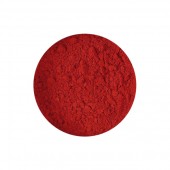
Quinacridone Scarlet Pigment
Starting at: £6.30
-
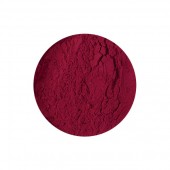
Quinacridone Magenta Pigment
Starting at: £5.50
-
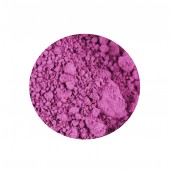
Ultramarine Pink Pigment
Starting at: £8.00
-
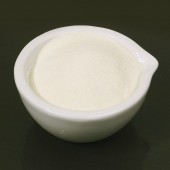
Casein Lactic
Starting at: £15.95
-
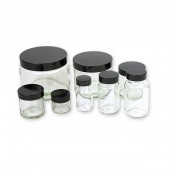
Squat & Powder Jars
Starting at: £0.75
-
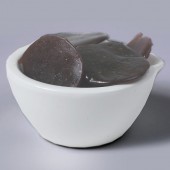
Button Shellac
Starting at: £8.40
-
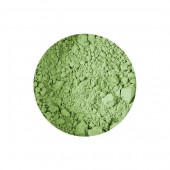
Terre Verte Pigment
Starting at: £4.00
-
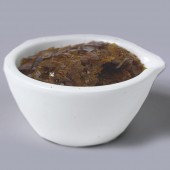
Lemon Shellac
Starting at: £8.20
-
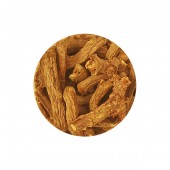
Madder Root Pieces
Starting at: £27.80
-
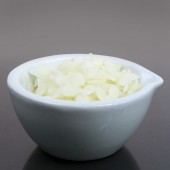
Bleached Beeswax
Starting at: £12.30
-
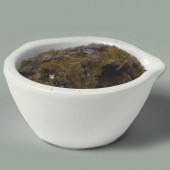
Clear Dewaxed Shellac
Starting at: £9.20
-
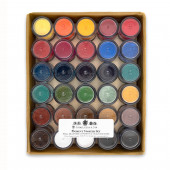
Cornelissen Pigment Set of 30 Colours
£130.00 -
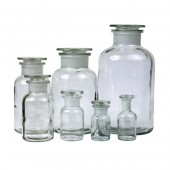
Reagent Jar
Starting at: £6.50
-
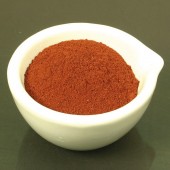
Dragon's Blood Powder
Starting at: £28.10
-
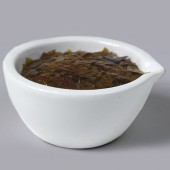
Orange Shellac
Starting at: £8.00
-
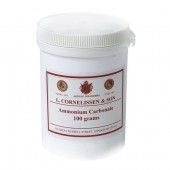
Ammonium Carbonate
Starting at: £9.70
-
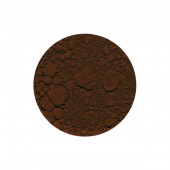
Mars Violet Pigment
Starting at: £4.50
-
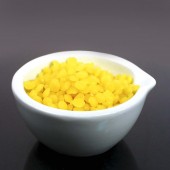
Natural Beeswax
Starting at: £11.20
-
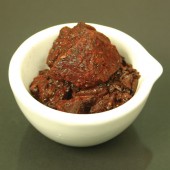
Dragon's Blood Pieces
Starting at: £25.40
-
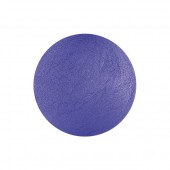
Egyptian Blue Pigment
Starting at: £5.90
-
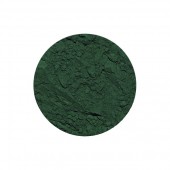
Cobalt Green Deep Pigment
Starting at: £9.20
-
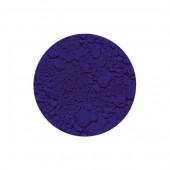
Ultramarine Blue Light Pigment
Starting at: £6.00
-
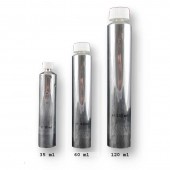
Empty Aluminium Tubes
Starting at: £1.05
-
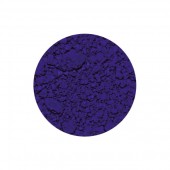
Ultramarine Blue Limewash Pigment
Starting at: £6.30
-
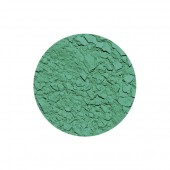
Cobalt Green Light Pigment
Starting at: £8.70
-
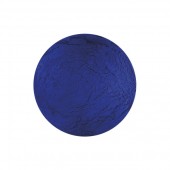
Blue Verditer Pigment
Starting at: £7.50
-
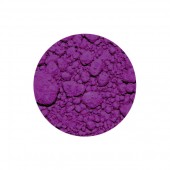
Manganese Violet Pigment
Starting at: £8.50
-
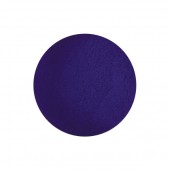
Prussian Blue Pigment
Starting at: £5.20
-
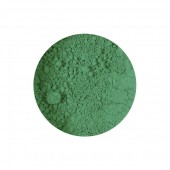
Viridian Green Pigment
Starting at: £6.30
-
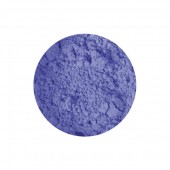
Cerulean Blue Pigment
Starting at: £14.50





